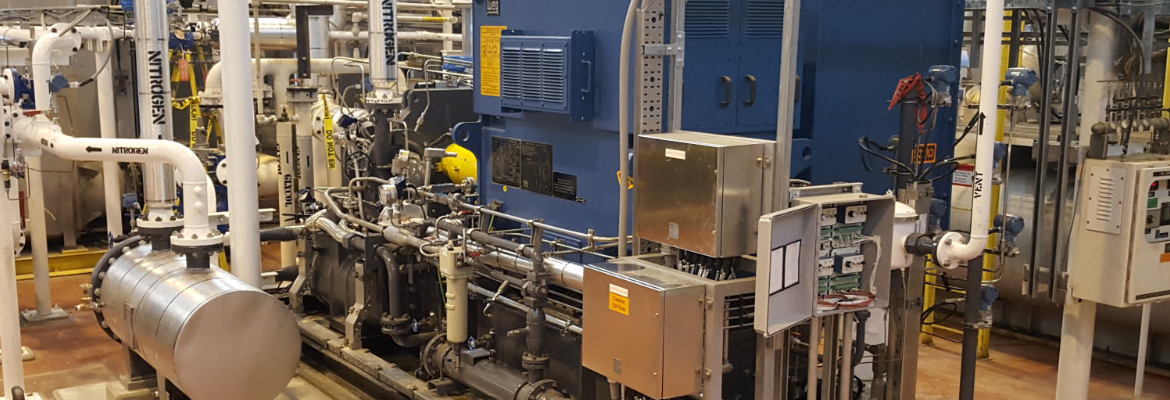You might be shocked to hear that a compressor itself is probably not the main cause of compressed air inefficiency in many industrial applications. You might also be shocked to find that operators can cut their plant’s compressed air energy expenses by up to 40% if they can identify the root causes of inefficient compressed air operation.
Compressed air is widely used in industrial facilities for several tasks due to its adaptability. As a result, compressed air is unlikely to ever be replaced in industrial activities. However, according to the U.S. Department of Energy, compressed air accounts for around 10% of the electricity needed by a typical industrial site. In addition, 80% of the cost of new compressed air systems throughout their five-year life cycle is energy related. Therefore, plant managers, as well as maintenance, production, project, and planning engineers, should be extremely concerned about compressed air inefficiencies.
Unfortunately, many industrial companies have been unable to fully control their compressed air energy costs due to a number of misconceptions. Here are 3 facts regarding compressed air systems that can help you start cutting costs and enhancing system dependability.
- Major efficiencies are typically not found in the compressor motor.
Although an energy-efficient compressor is certainly a plus, it rarely accounts for most of the reduction in compressed-air energy costs. To get the greatest savings, it is important to optimize the compressed air system as a whole, from the compressor to the final application.
- Increasing pressure is often not the solution
Stable pressure levels create an effective compressed air system. There are two things that keep pressure level steady: air demand patterns and minimum pressure level required for reliable production. However, the physics and dynamics underlying compressible fluids provide technological difficulties, and production circumstances make it difficult to analyze rate, flow, and pressure. Unfortunately, many operators who can’t identify the root causes of system issues end up just increasing system pressure to try improving performance. Energy costs rise when pressure is arbitrarily increased without addressing the underlying reasons of performance problems. An audit will help an air specialist identify which components of your compressed system can be adjusted to lower energy costs and boost dependability.
- Inefficient compressed air systems waste an estimated 50% of the compressed air that industrial air compressors produce.
Only half of the air produced is consumed by the intended end use, according to research by the Compressed Air Challenge that involved sampling industrial sites.
Up to 10% was lost due to improper uses
Up to 15% was wasted through artificial demand
Up to 30% was lost due to leaks in the system
Luckily, most industrial operations can achieve lower energy costs by optimizing their compressed air system. Contact our team at Harris for an air system audit so we can help you identify cost saving solutions today.

